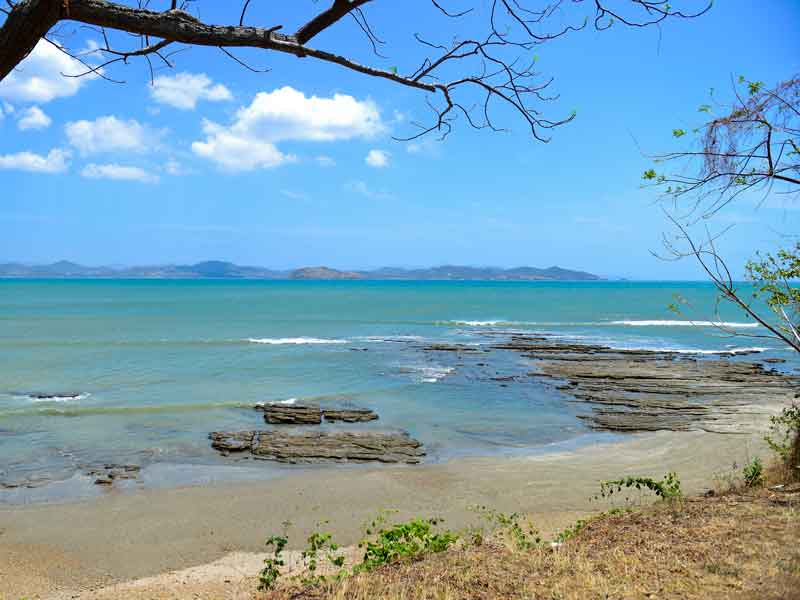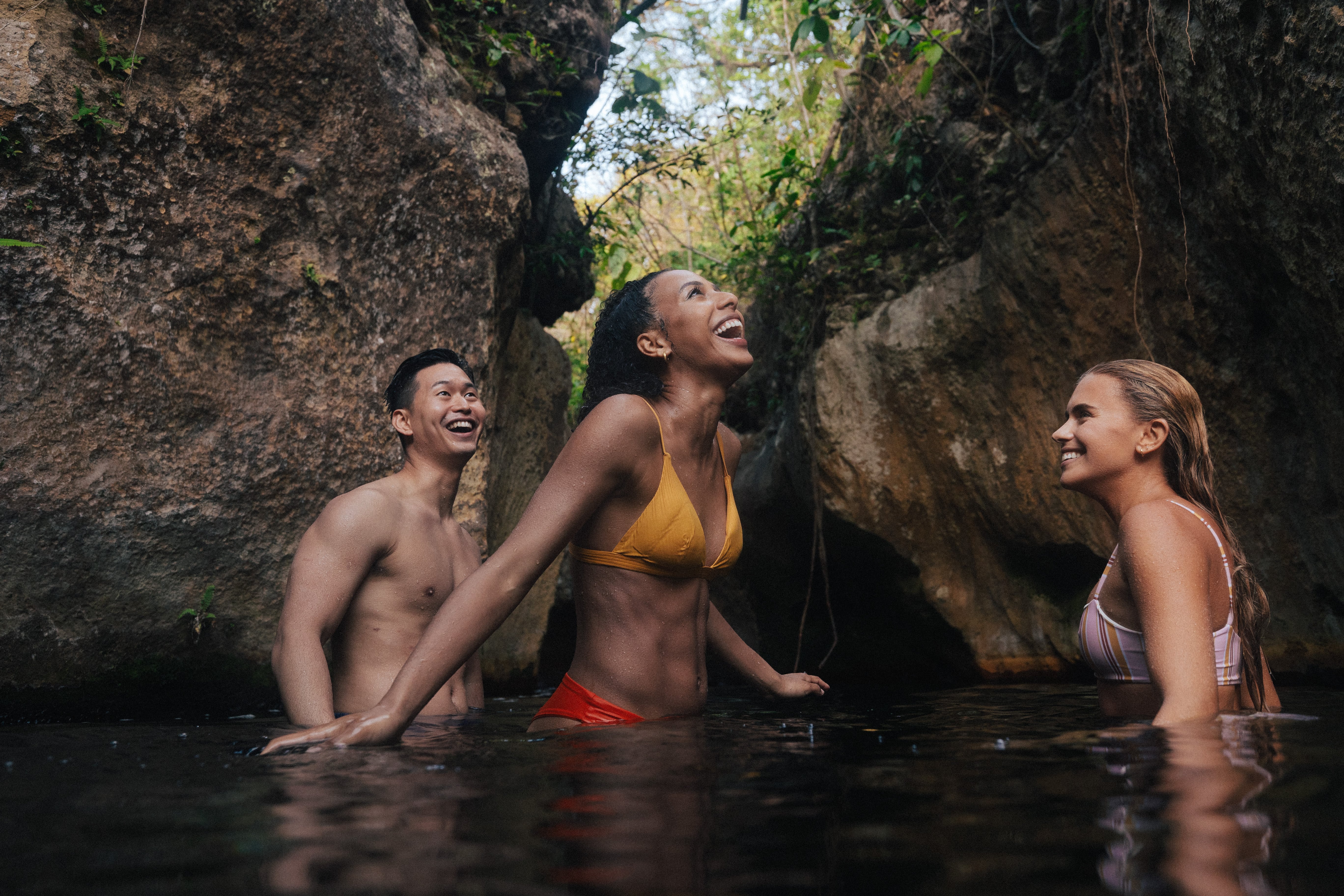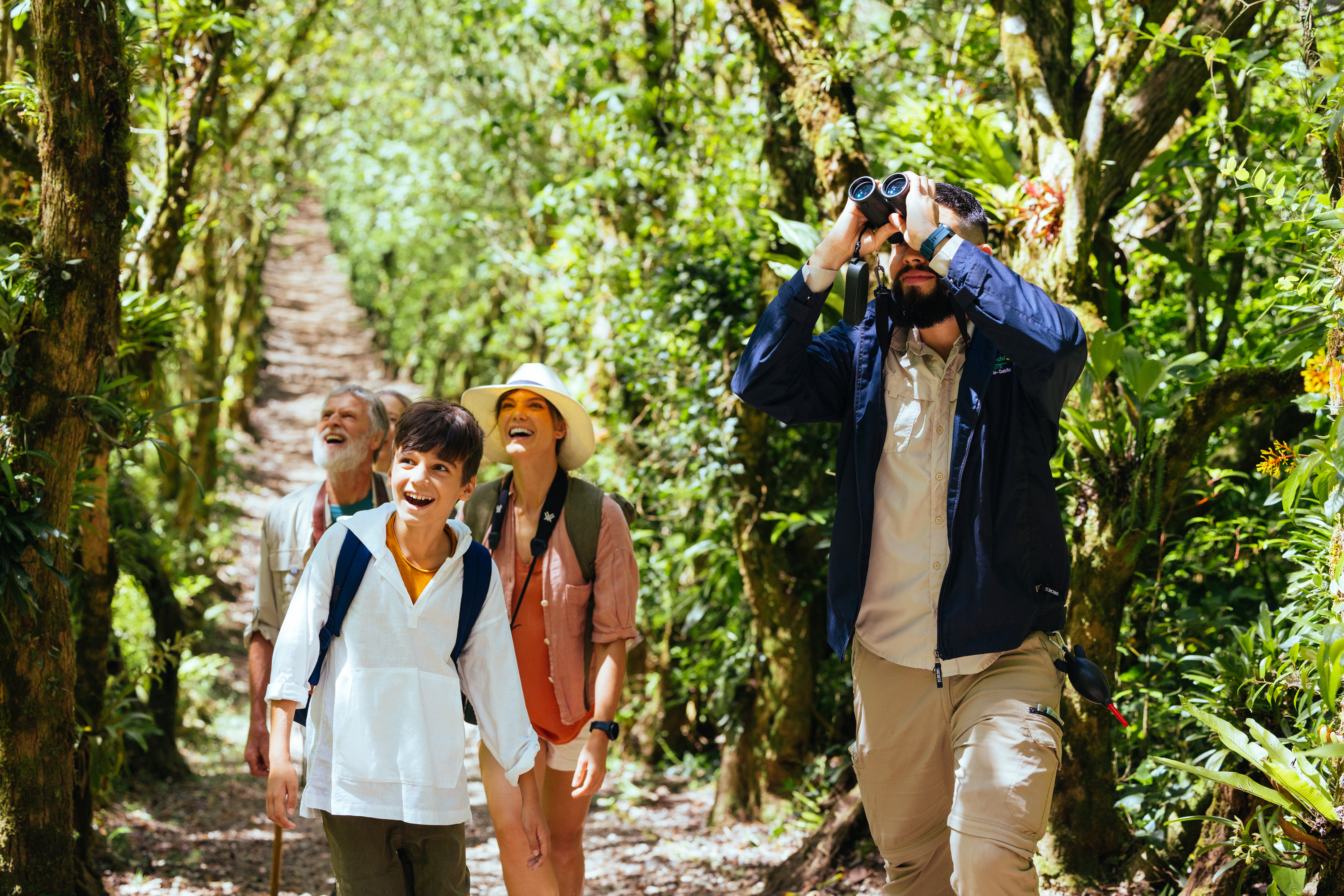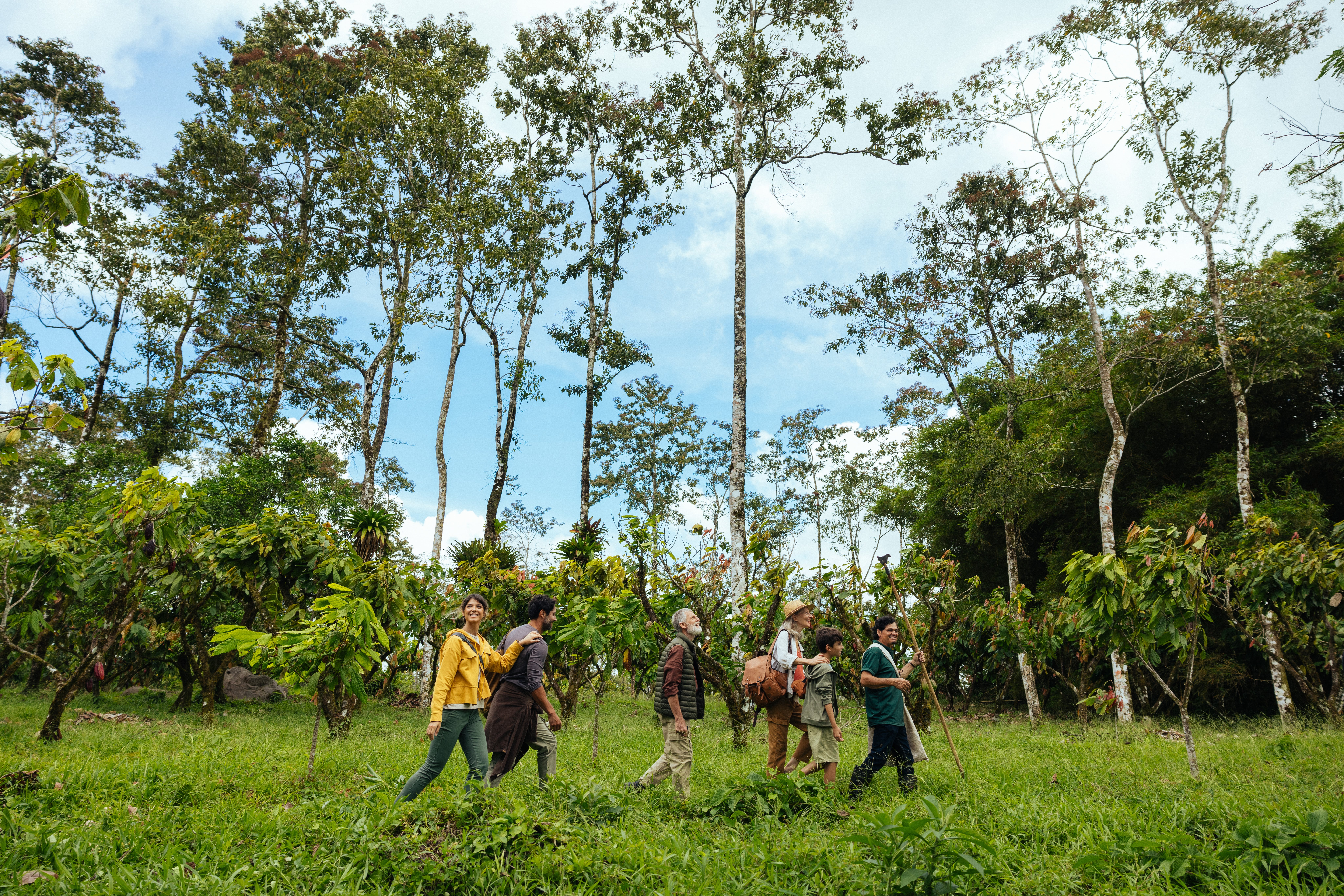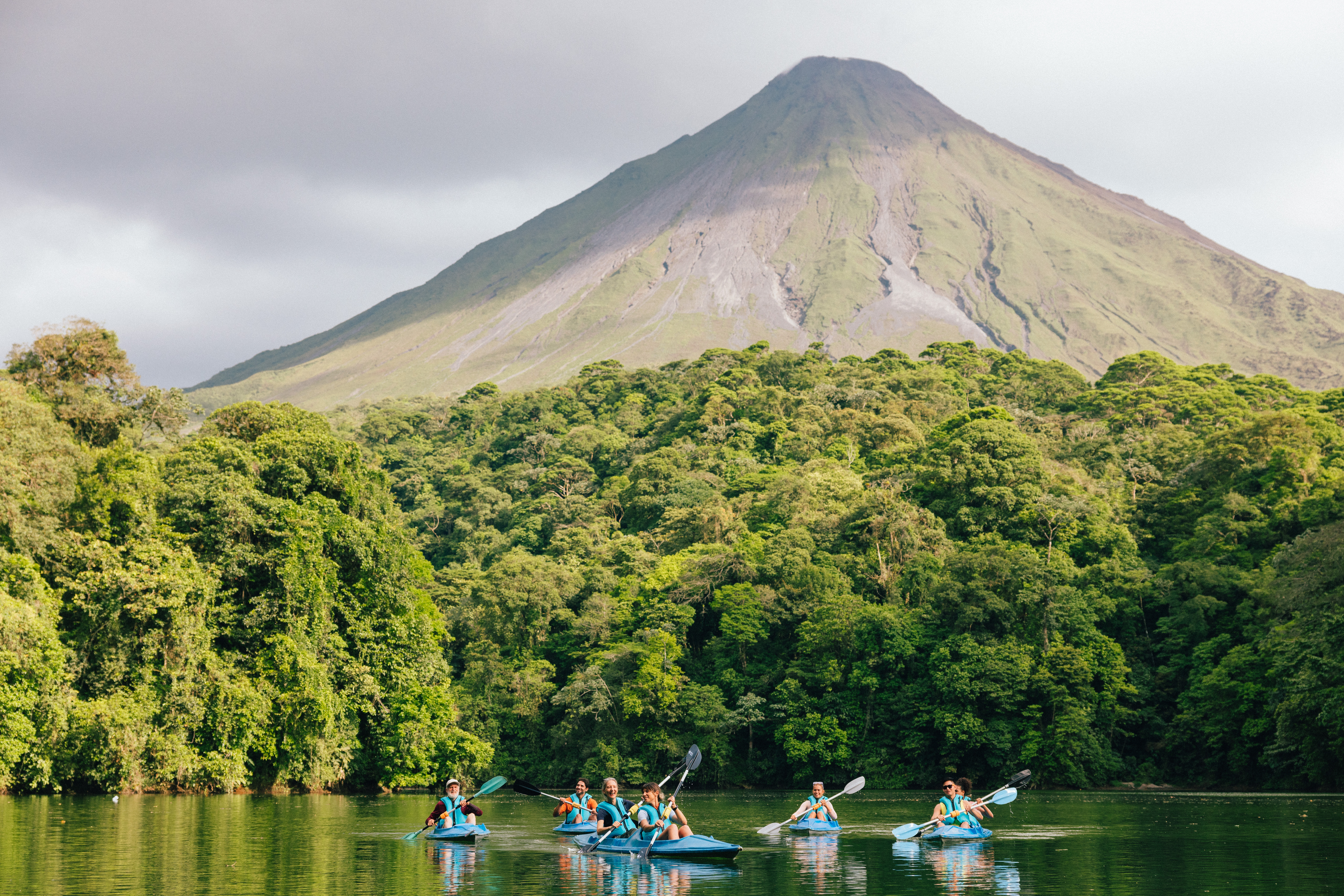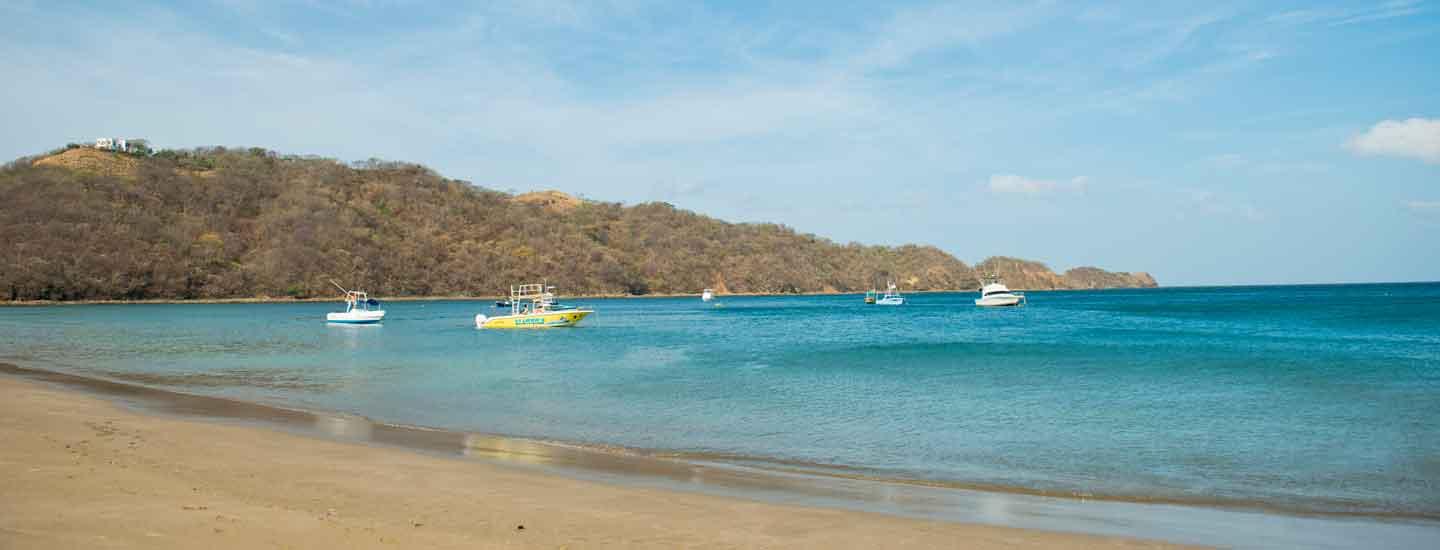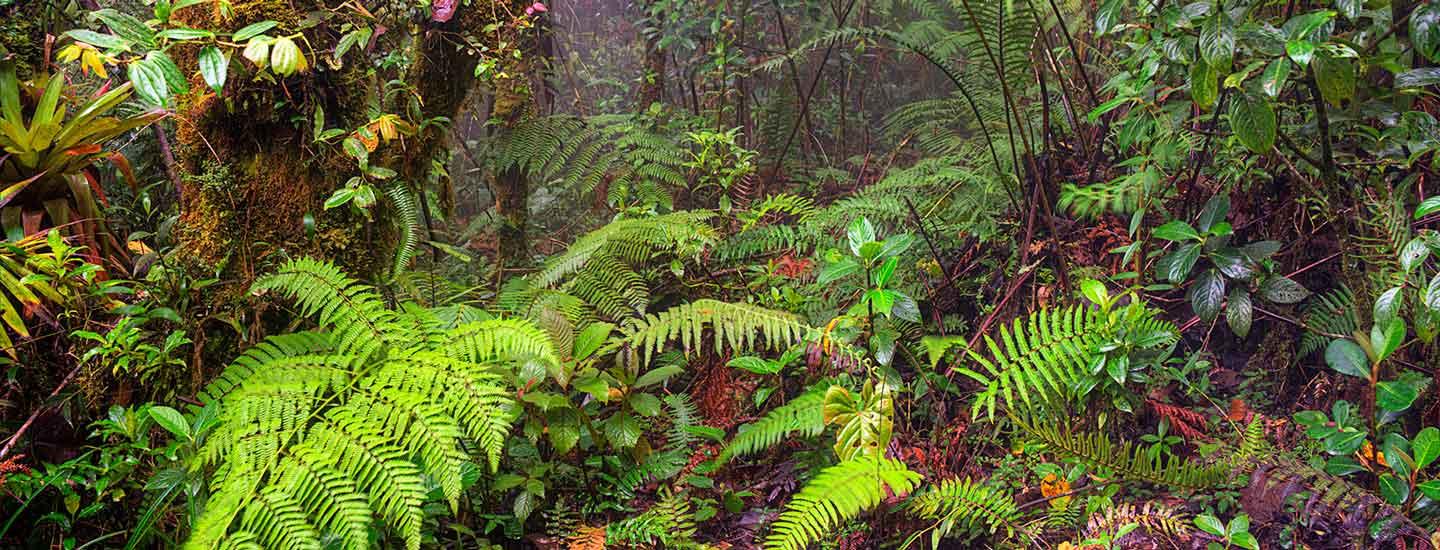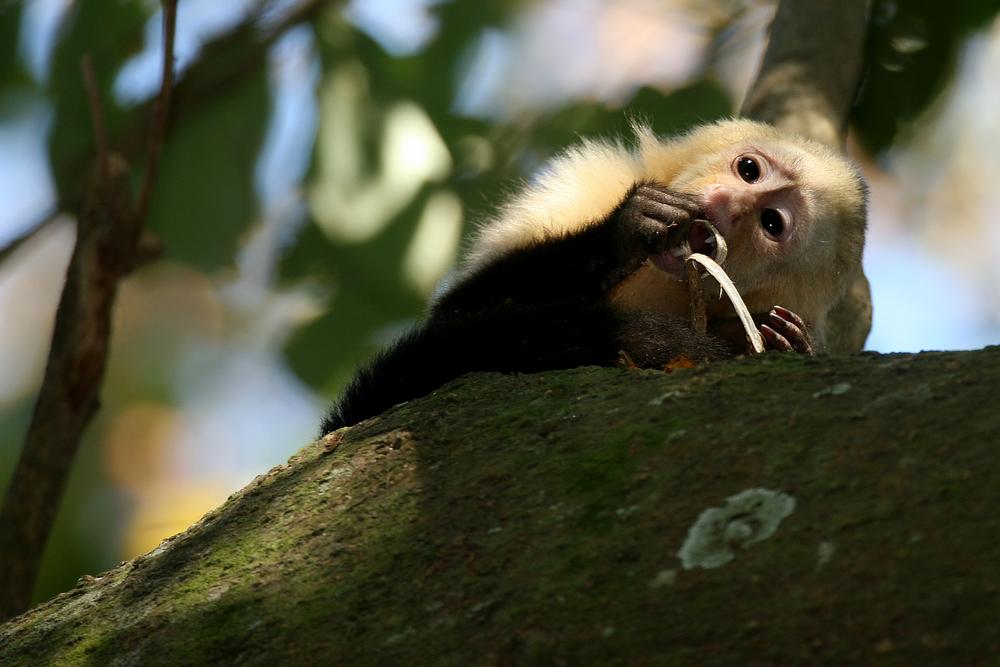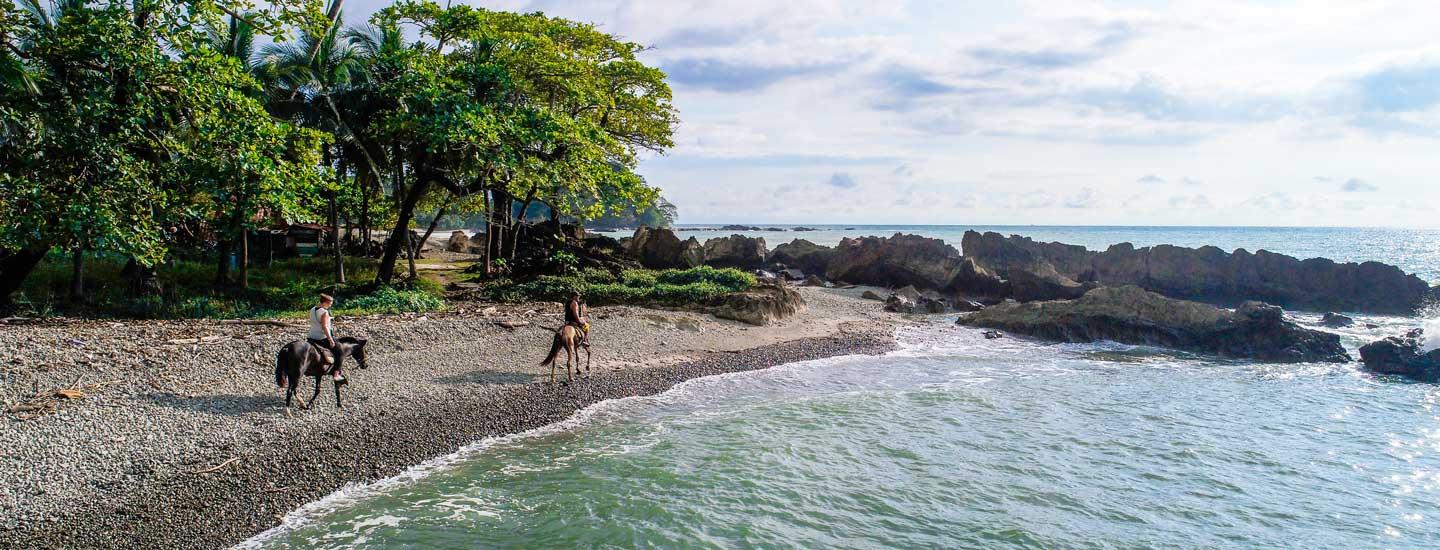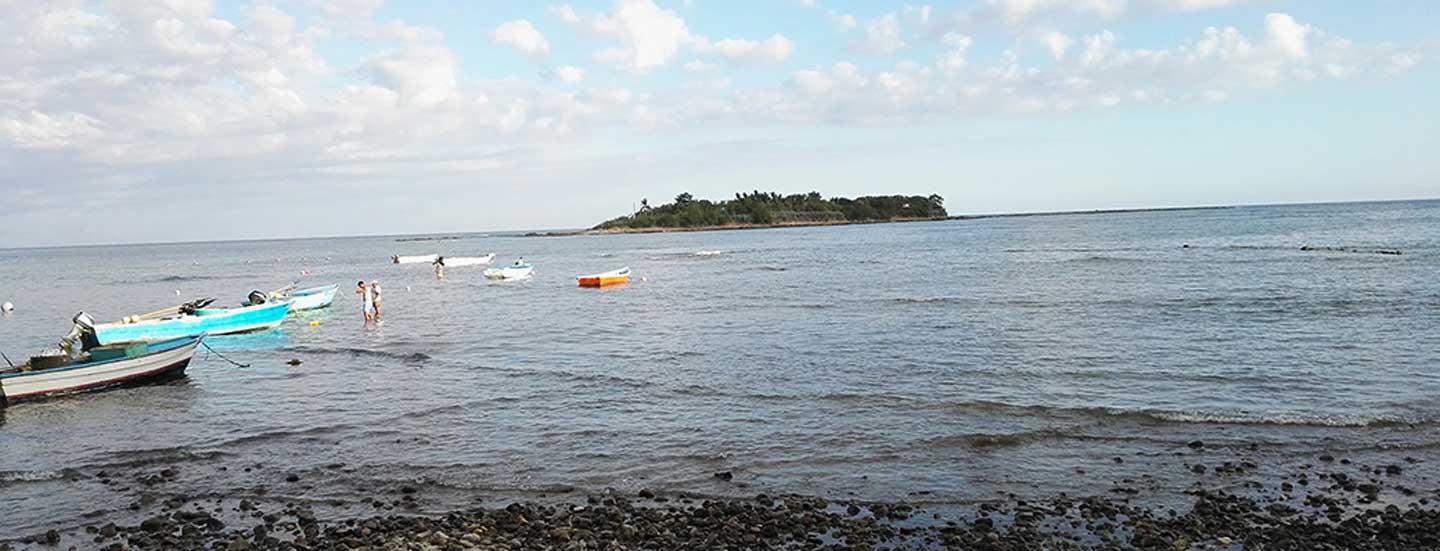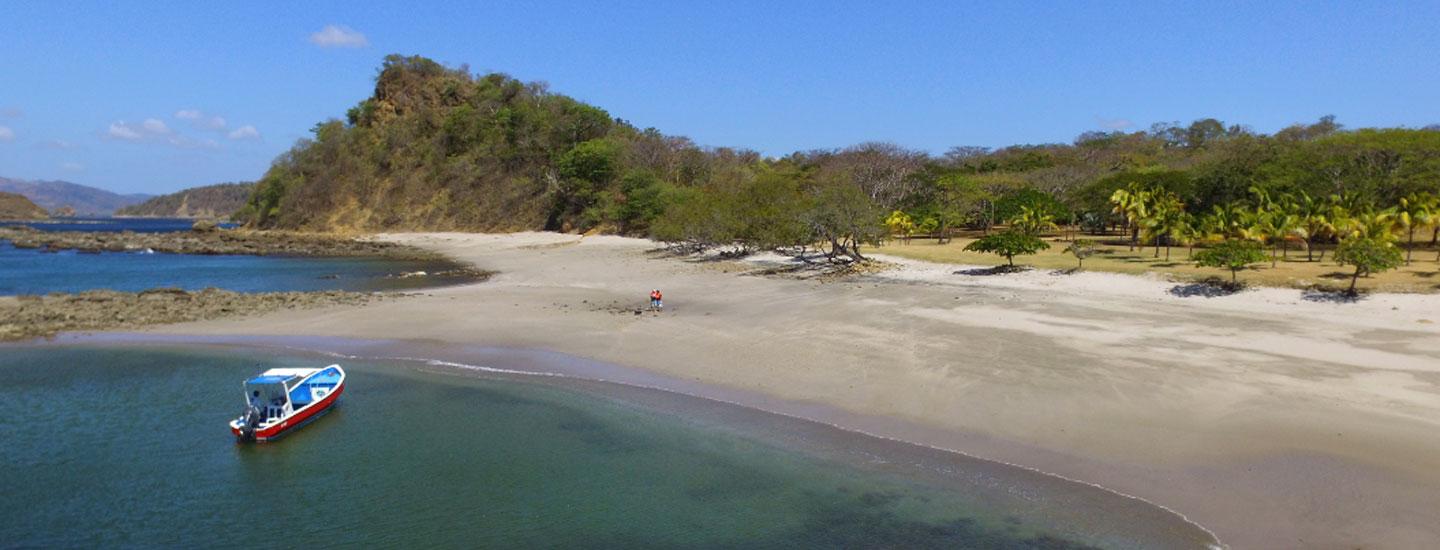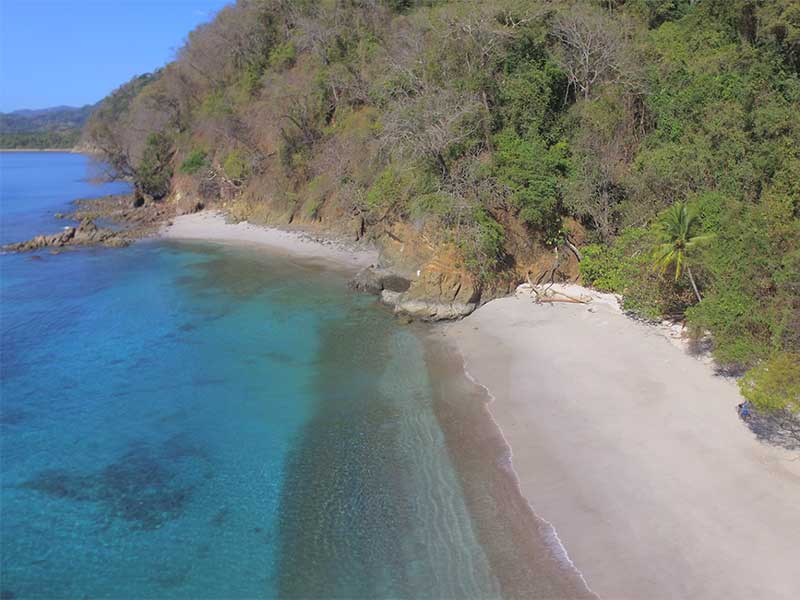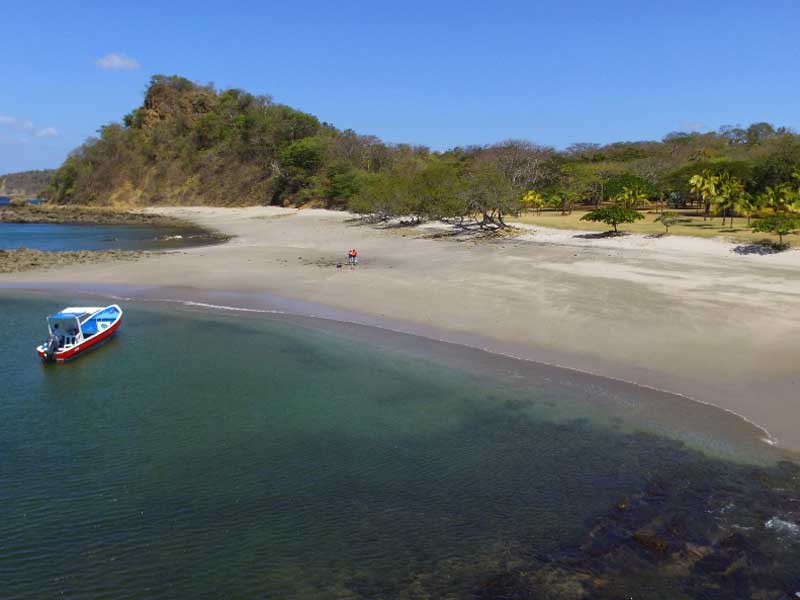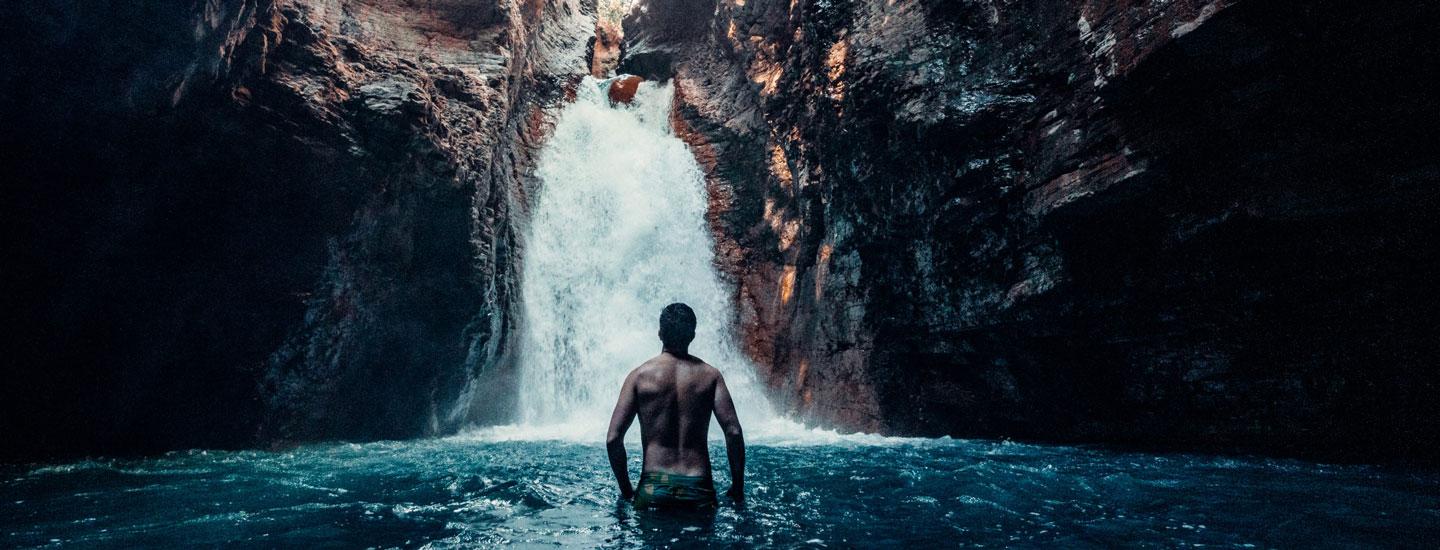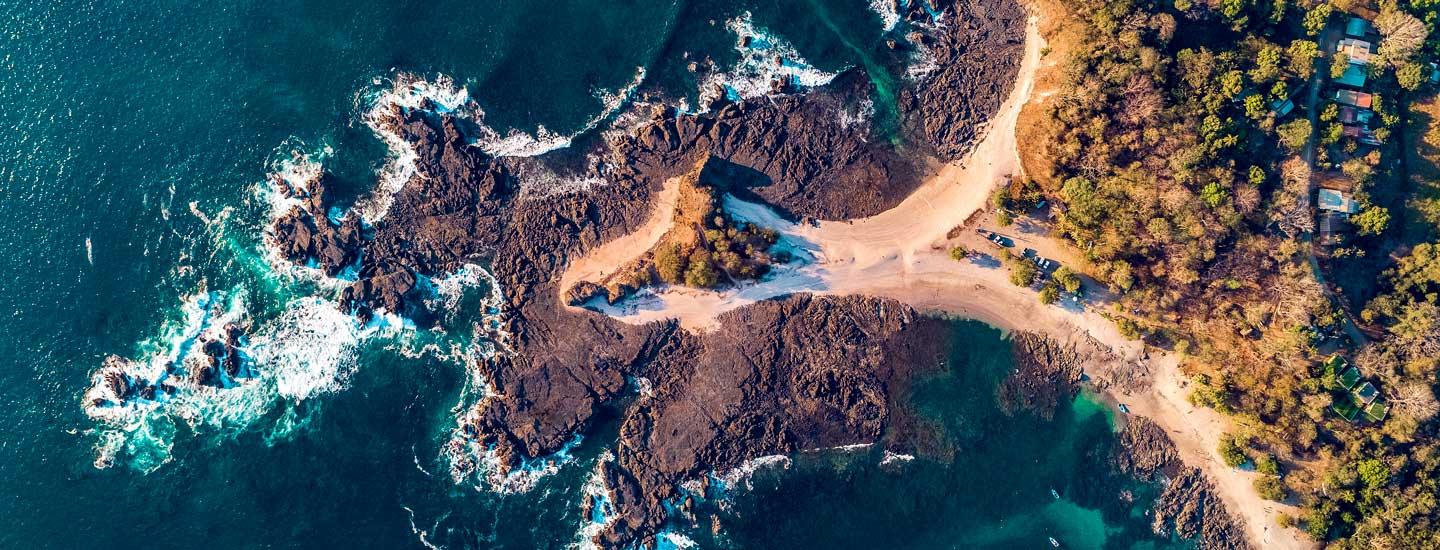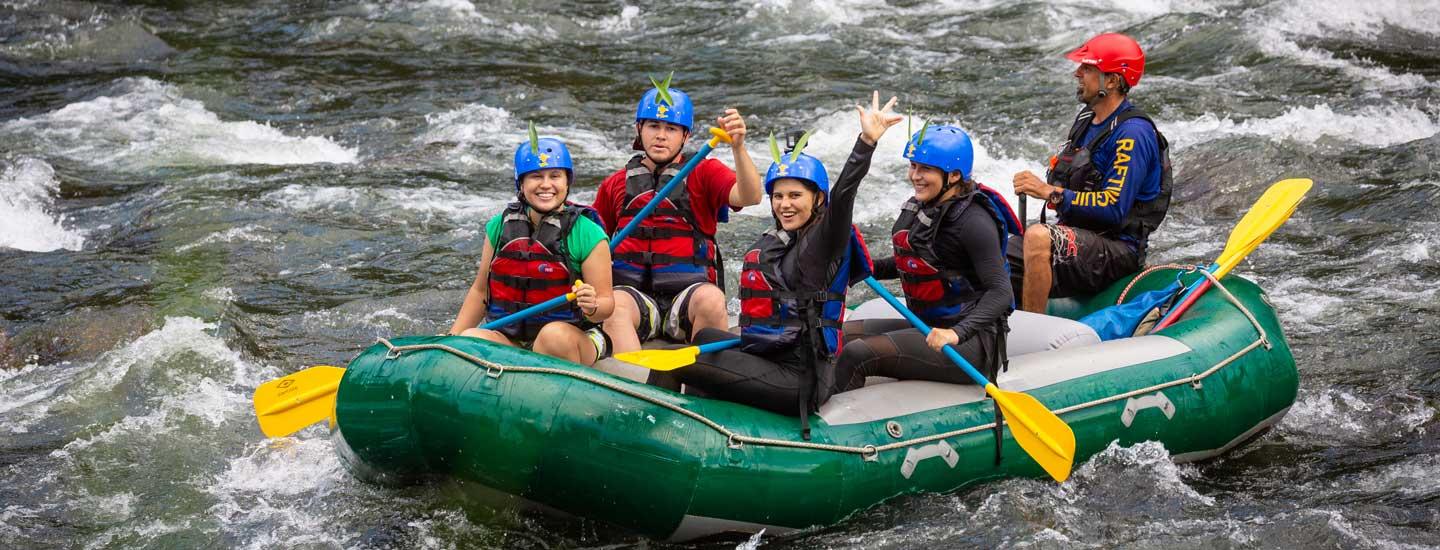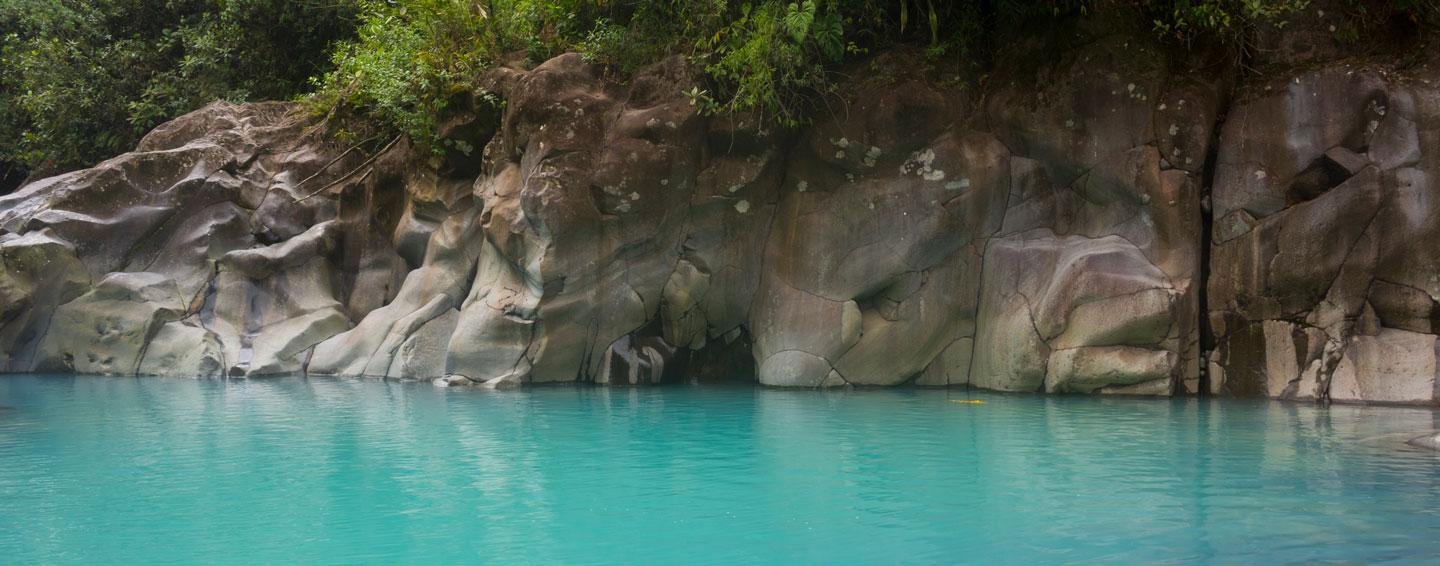Bahía Junquillal National Wildlife Reserve is located near the community of Cuajiniquil in La Cruz, Guanacaste. It measures some 505 hectares along the northwestern coast of Costa Rica, and was created to protect the region’s coastal mangroves and dry forests.
It’s a perfect place to go and explore, with options including hiking, swimming and even diving. The area’s average temperature throughout the year is around 30°C, with 1,500 mm of rainfall each year, making it a perfect year-round destination. 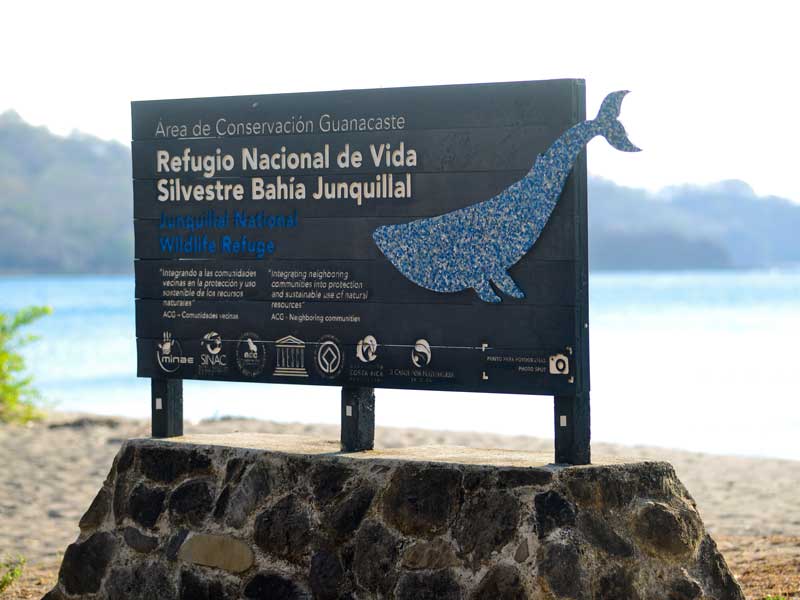
Another interesting point is that it has been awarded the Ecological Blue Flag certification, a recognition that demonstrates its commitment to the environment.
The refuge is also a significant birdwatching, with a large variety of species, especially seabirds. The birds that reside in the area include pelicans, parrots and frigatebirds, You can also find capuchin monkeys, deer, crabs, iguanas, coatis and raccoons.
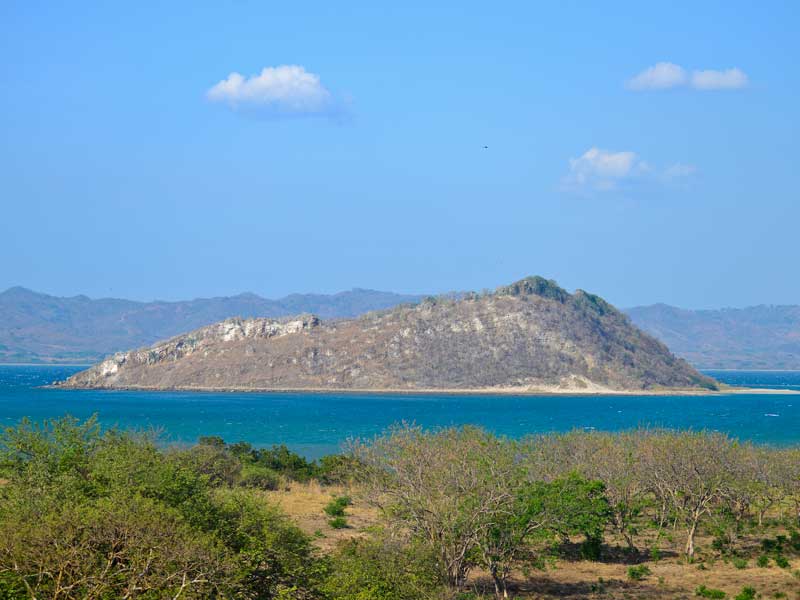
Attractions
Playa Junquillal: This white sand beach stretches over 2 km. Since it forms a bay, it’s the perfect place for a peaceful swim. We recommend sticking to the limits for swimmers, since the area is designated an Estuary of Life, where fishing is prohibited.
Isla Muñecos: This rocky formation is located in Bahía de Junquillal, a bay that is home to a major coral population that can only be observed up close on a rented boat. You can find boats for rent in Cuajiniquil.
Trails
Sendero El Carao: This circuit trail is suitable for all visitors. Its main attraction is the dry forest, though mangroves are also present. At 600 m in length, it takes around 15 minutes to complete. The trail is just 30 meters above sea level and is a great place to spot birds and mammals.
Sendero El Estero Seco: At 800 m in length, this trail is located at sea level and takes around 20 minutes to complete. It’s also a prime birdwatching spot.
Sendero La Laguna: This trail is suitable for all visitors, with the main attraction being a lake. You may also encounter birds and mammals along the trail. It’s 800 m in length and located at sea level, taking around 20 minutes to complete. The trailhead is right at the end of the camping area.
Services
- Showers
- Restrooms
- Information booth
- Camping area: Those looking to camp out in the park can do so in the designated area, and must follow the recommendations of the staff on site. The campground offers tables, grills and a washing area. The campground has a capacity of 80 people and does not take reservations.
- Picnic/Day area: This area has tables, grills and a washing area. The space is reserved for day use only and is divided into individual spaces.
- RV area: A spot to bring your RV, with individual spaces that are furnished with tables, grills and a washing area.
How do you get there?
The park is located 46 km north of the city of Liberia. Take the Interamerican Highway to the control post at the entrance to Cuajiniquil. From there, keep going for 8 km until you reach the community of Cuajiniquil, then head north for 4 km on a dirt road and you will reach the main entrance of the refuge.
Hours of operation
Wednesday-Sunday from 9:00 a.m. to 6:00 p.m.
Entry fee
- Adults - Costa Ricans: ₡2000 Foreigners: $15
- Children - Costa Ricans: ₡1000 Foreigners: $5
Camping fees
- Adults - Costa Ricans and foreigners ₡4000.
- Children - Costa Ricans and foreigners ₡1000.
